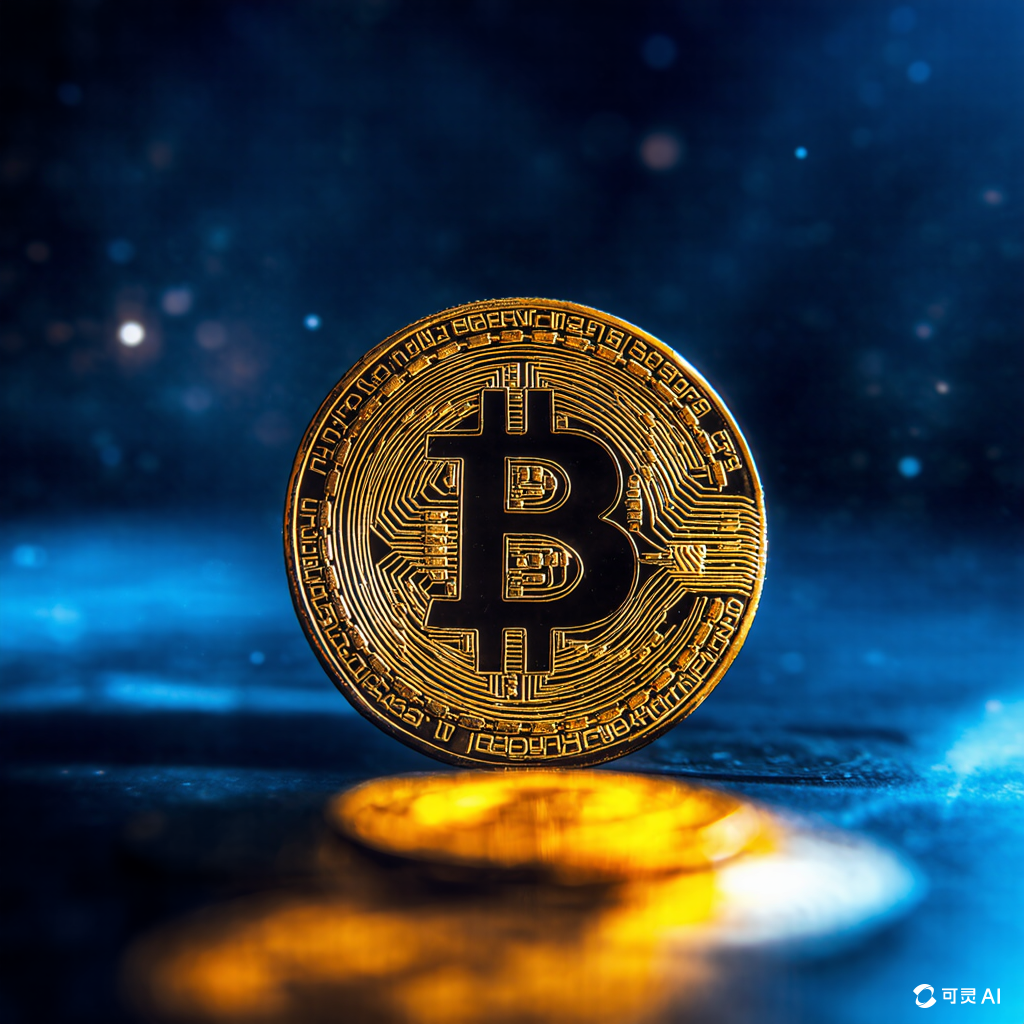Solana 2025 Review: Top Use Cases, Ecosystem Growth & Best Ways to Buy SOL Coin
What is Solana and its main features?
What is Solana and Its Main Features? < h2 { color: #34495e; } < p { margin-bottom: 15px; } ul { list-style-type: disc; margin-left: 20px; } < .section { margin-bottom: 30px; } ul { list-style-type: disc; padding-left: 20px; } a { color: #e74c3c; text-decoration: none; } a:hover { text-decoration: underline; }
Tools and Resources for Tracking Solana Network Performance
Why Track Solana Network Performance?
Tracking the performance of the Solana blockchain is essential for developers, investors, and users who want to stay informed about its health and efficiency. Monitoring key metrics such as transaction throughput, block times, validator uptime, and network congestion can provide valuable insights into the overall stability and scalability of the network.
Popular Tools for Tracking Solana Network Performance
Solana Beach: A user-friendly dashboard that provides real-time data on Solana’s network performance, including transaction counts, block production rates, and validator status. It also offers historical data for deeper analysis. Solana Explorer: This tool allows users to explore transactions, accounts, and programs on the Solana blockchain. It also includes a block explorer feature that shows detailed information about recent blocks and their contents. Raydium Analytics: While primarily focused on DeFi activity, Raydium Analytics provides useful insights into the broader ecosystem, including transaction volumes and gas fees across various DApps. Helius APIs: Helius offers comprehensive APIs that enable developers to build custom monitoring solutions. These APIs cover a wide range of data points, from node health to transaction history. Solana Stats: A community-driven platform that aggregates data from multiple sources to provide an overview of the network’s performance. It highlights important statistics like average block time and validator participation rates.
Resources for Developers
For developers looking to integrate Solana network monitoring into their applications, the following resources are invaluable:
Solana Developer Documentation: The official documentation provides detailed guides on how to use Solana’s APIs and SDKs for building custom monitoring tools. Helius Developer Portal: Offers extensive documentation and tutorials on using their APIs to fetch real-time blockchain data. Solana GitHub Repository: A great resource for exploring open-source projects related to Solana development, including tools for network monitoring.
Key Metrics to Monitor
When tracking Solana’s network performance, focus on these critical metrics:
Transaction Throughput (TPS): Measures how many transactions the network can process per second. Average Block Time: Indicates the speed at which new blocks are added to the chain. Validator Uptime: Tracks the reliability of validators contributing to the network. Fee Structure: Analyzes gas fees to ensure they remain competitive and fair. Network Congestion: Identifies periods of high load that could impact performance.
Conclusion
With the right tools and resources, tracking Solana’s network performance becomes straightforward. Whether you’re a developer building decentralized applications or an investor seeking transparency, staying informed about the blockchain’s performance is crucial. By leveraging platforms like Solana Beach, Solana Explorer, and Helius APIs, you can gain actionable insights into the network’s health and make informed decisions accordingly.
Tips for securing your Solana wallet and assets.
Securing Your Solana Wallet and Assets
Tips for Securing Your Solana Wallet and Assets
In the world of blockchain and cryptocurrency, securing your digital assets is paramount. Solana wallets, like any other cryptocurrency wallet, require proper security measures to prevent unauthorized access or theft. Below are some essential tips to help you safeguard your Solana wallet and its contents.
1. Use a Hardware Wallet
One of the most secure ways to store your Solana tokens is by using a hardware wallet. Unlike software wallets that store private keys online, hardware wallets keep your private keys offline, making them much harder to hack. Popular hardware wallet options include Ledger and Trezor. Always ensure you purchase directly from the official website to avoid counterfeit devices.
2. Enable Multi-Factor Authentication (MFA)
Enable multi-factor authentication wherever possible. This adds an extra layer of security by requiring a second form of verification—such as a code sent to your phone—before granting access to your wallet. Many Solana wallet providers support MFA, so take advantage of this feature to protect your account.
3. Keep Your Private Keys Safe
Your private key is the ultimate password to your Solana wallet. If someone gains access to it, they can control your assets. Never share your private key with anyone, and always store it securely offline. Consider writing it down on paper and storing it in a fireproof safe or encrypted digital vault.
4. Regularly Update Software
Ensure that both your wallet software and operating system are up-to-date. Developers frequently release updates to patch vulnerabilities and improve security. By keeping your systems current, you reduce the risk of falling victim to known exploits.
5. Avoid Phishing Scams
Phishing scams are common in the crypto space. Be cautious when clicking links or downloading files, especially if they are unsolicited. Always verify the authenticity of websites and emails before entering sensitive information. Double-check URLs to ensure they match the official domain of your wallet provider.
6. Use Strong Passwords
Create strong, unique passwords for your wallet accounts. A good password should be at least 12 characters long and include a mix of uppercase and lowercase letters, numbers, and symbols. Avoid using easily guessable information such as birthdays or common words.
7. Backup Your Wallet
Regularly back up your wallet to prevent data loss due to hardware failure or other unforeseen issues. Most wallets provide seed phrases during setup; make sure to write these down and store them in a secure location. These seed phrases allow you to restore your wallet if anything happens to your device.
8. Monitor Transactions
Stay vigilant about monitoring your transactions. Regularly check your wallet activity to ensure all movements align with your intentions. If you notice any suspicious activity, report it immediately to your wallet provider and consider freezing your account until the issue is resolved.
9. Educate Yourself About Security Best Practices
The crypto landscape evolves rapidly. Stay informed about emerging threats and best practices for securing your assets. Follow reputable sources, join community forums, and attend webinars to enhance your knowledge of blockchain security.
Conclusion
Securing your Solana wallet and assets requires diligence and awareness. By following these tips, you can significantly reduce the risk of losing your hard-earned crypto. Remember, prevention is key—always prioritize safety over convenience when managing your digital wealth.











